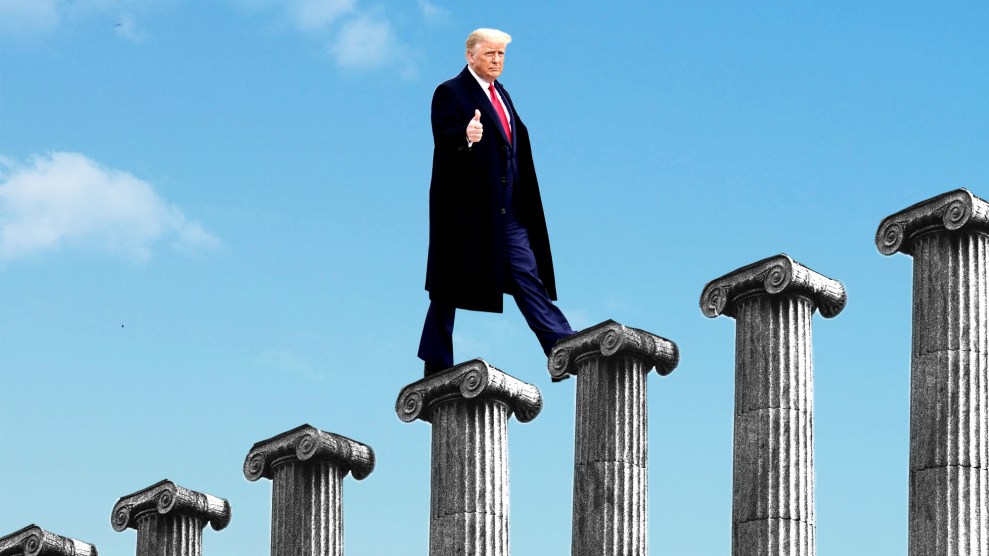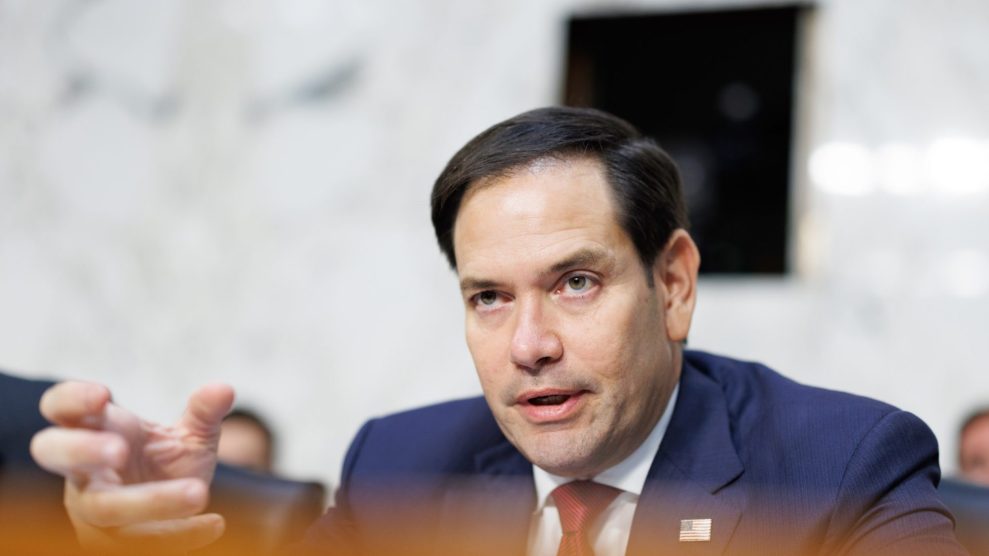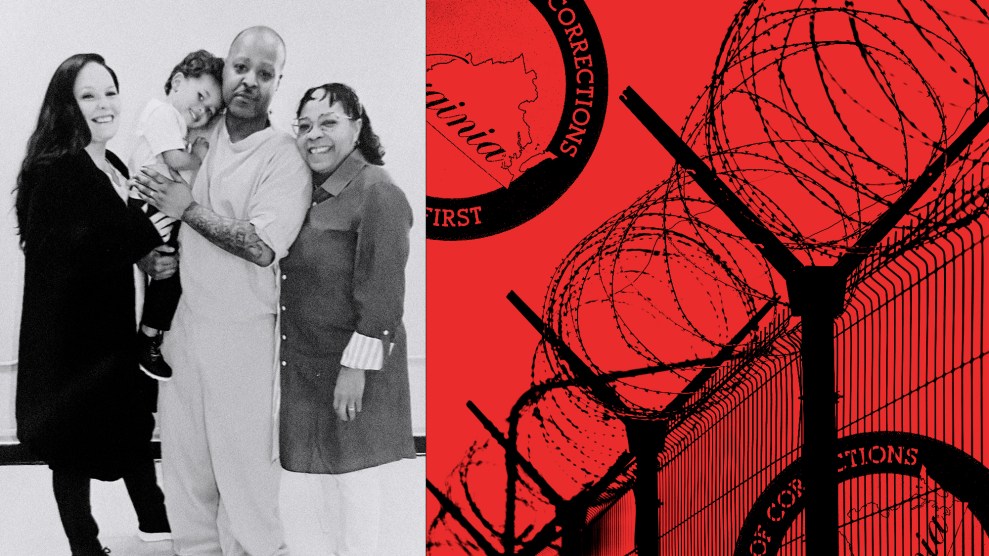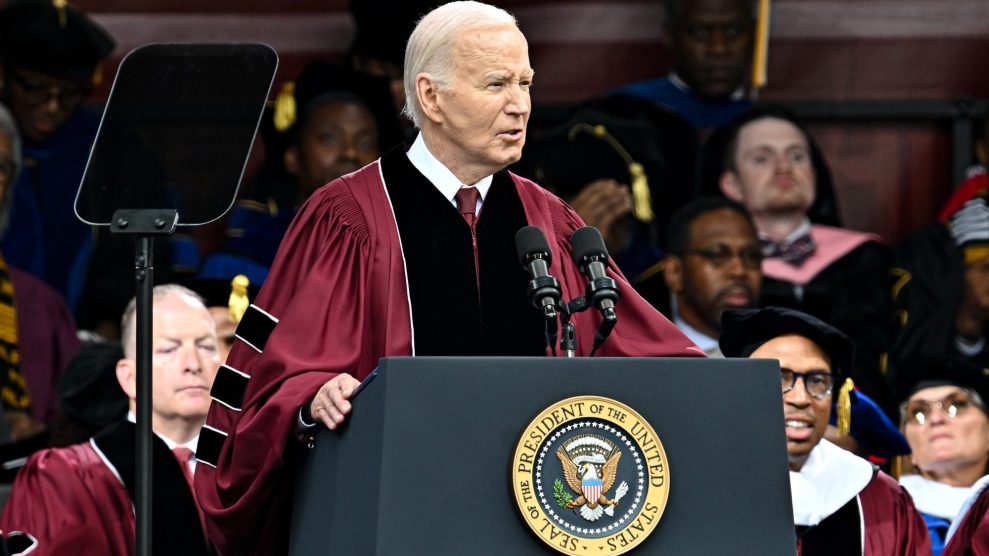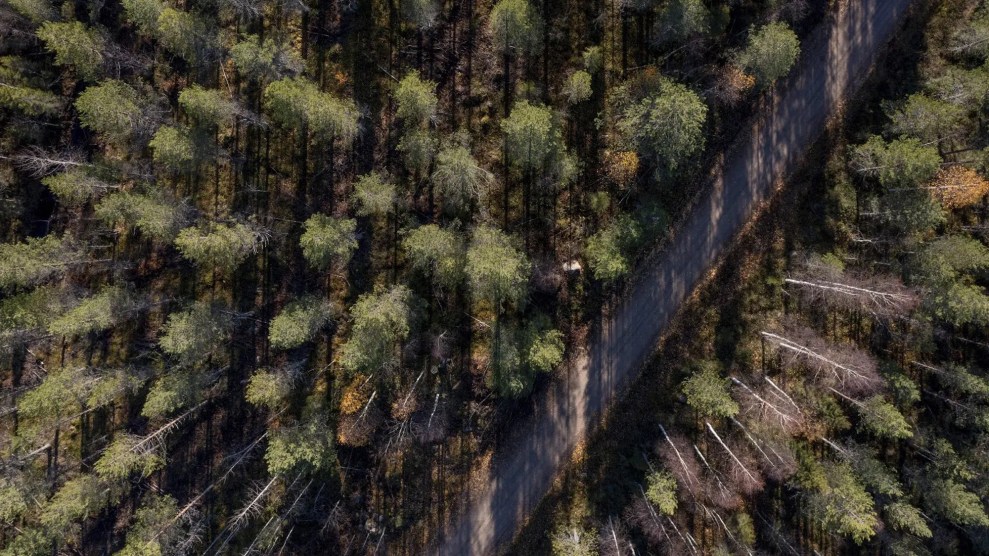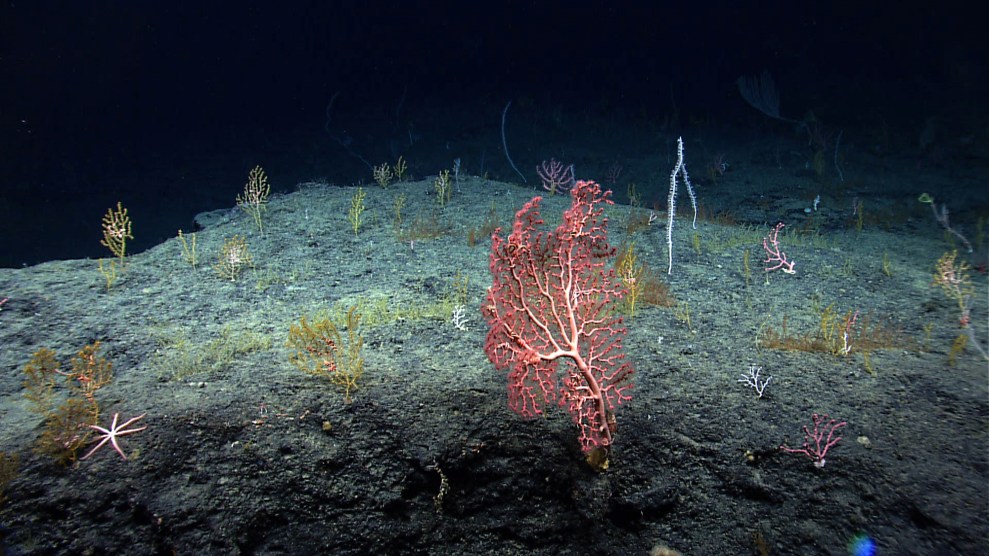almost four years ago, when oil was trading at around $40 a barrel, Paul Roberts wrote a story for Mother Jones on a bleak scenario gaining currency among energy insiders, but not yet in the mainstream consciousness: peak oil, basically the notion that the world’s petroleum resources are nearing exhaustion. If the theory held true, Roberts warned, oil prices could soon leap to “perhaps as high as $100 per barrel—a disaster if we don’t have a cost-effective alternative fuel or technology in place.”
Welcome to the disaster: $100-a-barrel oil is in the rearview mirror, and no cost-effective (or even cost-prohibitive) alternative has emerged. The most dire consequences of this failing—hurricanes, drought, extinction—are occurring far more rapidly than even Slideshow Al could have predicted four years ago. And then there’s the war.
It’s easy enough to blame Dick Cheney, Big Oil, Detroit—all of whom have done their part in obstructing progress. But their chicanery distracts us from the far greater problem, one that, unfortunately, comes down to Organic Chemistry 101. Every technological advance of the last 150 years has been powered by a unique, extremely energy-dense, but finite—and, as it turns out, planet-killing—source of fuel. Switching away from fossil energy requires an economic and social transformation at least as great as the Industrial Revolution. And we have to build this new economy on the fumes of the old, hoping that we don’t run out of gas, or ice caps, before we get there. As Roberts points out in this special issue on energy, if we sit on our hands or let the process be hijacked by vested interests, “there may not be enough crude left in the ground to fuel a second try.”
This change will be painful. Building a new energy economy will require enormous government and private investment. It will involve massive workforce upheaval and possibly physical dislocation. The conservation measures demanded will make victory gardens or Jimmy Carter donning a sweater look like three-day diets.
The last time we took such issues seriously, in Carter’s day, it was called an energy crisis. Thermostats were turned down across the land, and we went into R&D overdrive. And that crisis was only about the price of oil—which topped out at all of $78 in today’s dollars. Few were talking about global warming or blood for oil.
Today’s energy crisis is on a different scale. We’re reliant on an ever-more dubious cast of characters to provide us power. And if you think the mortgage meltdown is troubling, wait till the markets discover the real price of carbon and realize that our entire economy is, essentially, built on a planetary accounting fraud.
Greenhouse gases, geology, and geopolitics give us no choice but to change our ways. The truth is, that change has already begun. Just as we’ve gone, in the space of a few years, from debating the validity of climate change to being confronted daily with the rapidity of glacial melting, so too will the shift to a postfossil economy, now largely imperceptible, soon be painfully evident. We can—as we did when confronted with the Great Depression or World War II—overhaul our society and economy and emerge stronger, or we can get swamped by change, watching helplessly as others ride the wave of postcarbon innovation. Will we be Chrysler or Toyota?
What we can’t bank on is that some geek in Silicon Valley will, on her own, come up with the perfect solution. Nor will the treasured fixes of the left—solar panels on every roof, banning Hummers, forgoing imported tomatoes—be sufficient. The questions we face are on the order of: Are you willing to consider a nuclear plant in your back yard? If not your yard, whose? And if not a reactor, how about damming a bucolic river, or windmills that ruin a cherished view? What new regulations and taxes do we need to kick-start the transformation?
Forcing the nation to confront such questions is the most critical task our next president faces—more important than resolving the war, bolstering the economy, or fixing health care. As Senator Richard Lugar (R-Ind.) has warned, the president will have advisers whispering that she or he “can appear forward-looking on energy with a few carefully chosen initiatives…. without asking for sacrifices or risking the possible failure of a more controversial energy policy.”
We are guaranteed better leadership than Bush: John McCain introduced the first carbon cap-and-trade bill, and both Clinton and Obama have presented solid, at times groundbreaking, energy plans. But better isn’t good enough. We need someone who recognizes the urgency and enormity of the task at hand, who won’t fall for bromides like “energy independence” or “clean coal,” and, most of all, who can shock the rest of us out of our complacency and ask for sacrifices. Let’s hope that kind of change is in the offing.



